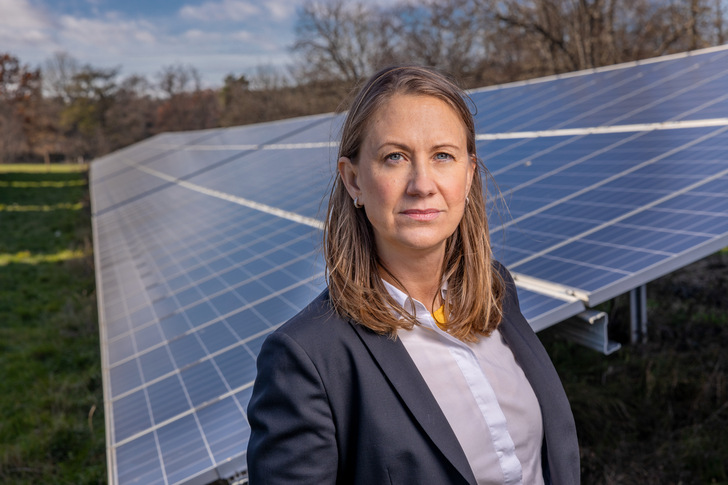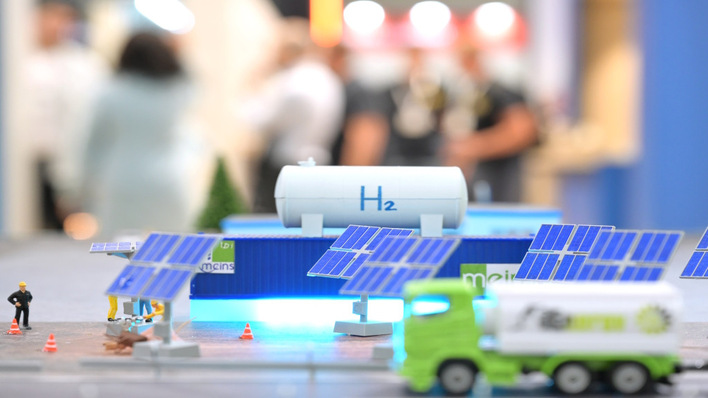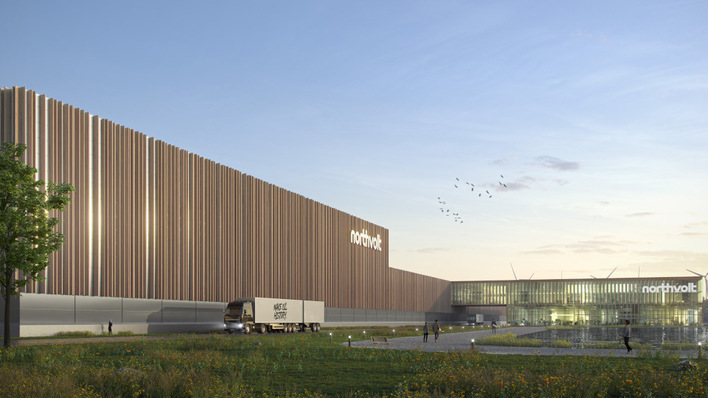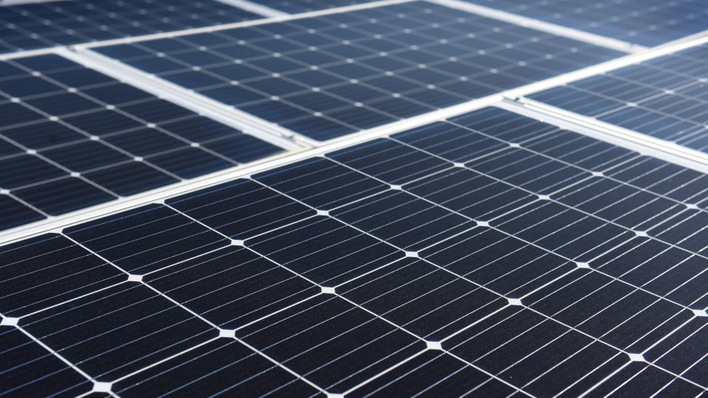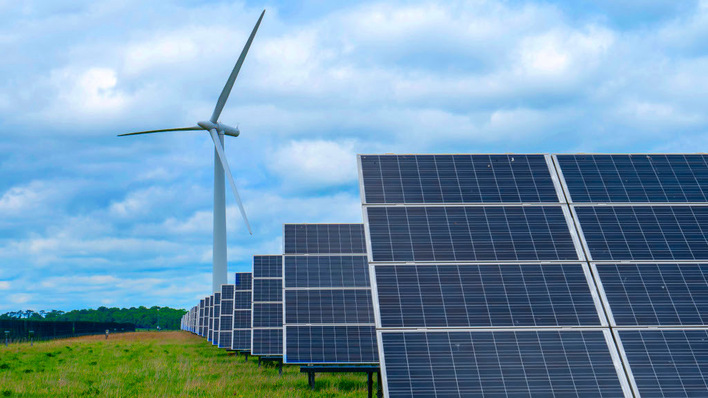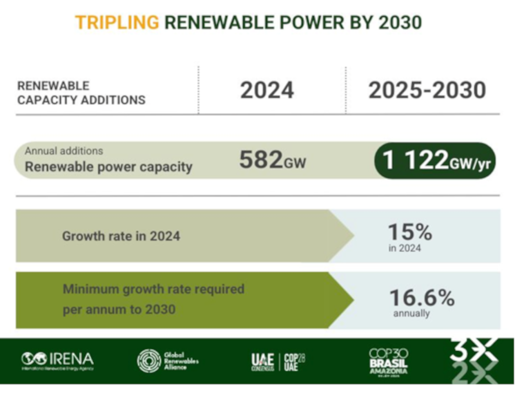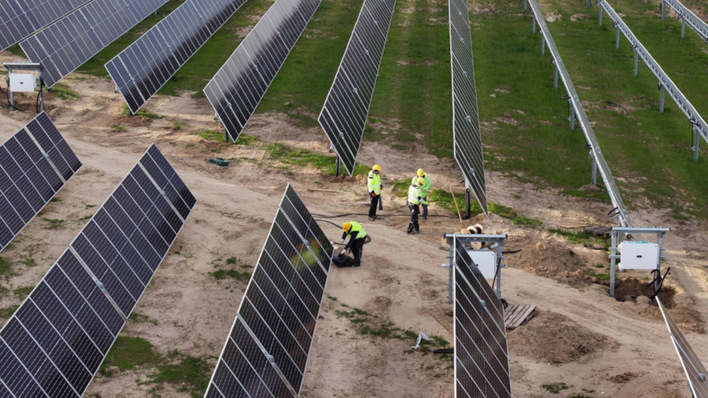At the same time as we have substantial power generation in the north of Sweden, electricity prices are rising in the south, where most people live and where a large part of our industry is located. The pattern is shown in other parts of Europe as well.
One reason is that the price signals for intelligent allocation of electricity generation are weak. If nothing changes, Europe risks losing crucial investments in renewable energy with more bottlenecks in the electricity grid, higher electricity prices, lack of growth and lost job opportunities.
Technological developments in solar cells, batteries, hydrogen, electric vehicles and heat pumps create enormous opportunities for the producing consumers of the future, so-called prosumers, to relieve bottlenecks in the electricity grids.
Restructure grid fees
To meet its climate goals and the electrification that this entails, Europe needs a large volume of new power generation. But we also need to build the facilities in the right places within each individual electricity grid. Therefore, clear and reasonable price signals must guide the construction of power production to the right places within each particular grid.
The price signal with which it is easiest to control the construction of new power plants is the input fee to the grid, which is the fee that the power generator pays to the electricity grid company to be able to sell its electricity to buildings and industries connected to the grid.
Today electricity grid companies are adding an increasing power element to the input fee. The reason is that the grid usage is uneven. When many power plants supply electricity, the grid becomes a bottleneck. To prevent those, the grid owners more and more often have fees that differ between low usage and high usage hours.
Since solar cells produce power only about a thousand hours per year, this fee structure make solar power plants pay relatively high grid fees, if not subject to a local exception/incentive program.
Price signals for load-oriented PV
Solar power plants can, however – if smartly located – contribute to reduced losses in the grid and remedy bottlenecks, both within the local grid and to overlying grids. The high input fees for large plants are thus sometimes not justified from an grid cost perspective. With clear price signals for locating power generation, more solar power would be built where it is most needed, for example near urban areas and electricity-intensive industries.
Read more about PV in Sweden: „Many farmers also want to harvest solar power“
Also on a smaller scale, within the neighbourhood or residential block, clear localization signals contribute to system benefits. The regulations for energy communities, that is to be implemented in all EU member companies, include a new concept: collective self-consumed electricity, i.e. electricity both produced and consumed within the local energy community.
The new regulatory frameworks can – at least if the energy communities become geographically limited – help to steer electricity generation closer to the user. But only if electricity grid companies charge a lower grid fee for collective self-consumers or if energy tax is abolished on collectively self-consumed electricity. Without incentives, no changes in production and usage of electricity will take place.
Grid tariffs to encourage power production in the right places
The Swedish Energy Market Inspectorate addresses in its new report "Electricity Network Tariffs Status Report - from theory to reality" ("Elnätstariffer – Statusrapport från teori mot verklighet", June 2021), the possibility of forcing Swedish grid companies – until now quite loosely held – to a given structure on their tariffs. Such a constraint could mean that the tariff for electricity producers would depend more on the geographical location of the power generation.
If the electricity grid companies themself can't quickly steer power production to appropriate locations, it might be a very good idea that the design of the electricity grid tariffs is forced to encourage power production in the right places.
By building a system with correct price signals for geographical location, Europe can quickly expand large volumes of renewable power generation where it is needed, with more job opportunities and lower electricity prices as a result. (AW/hcn).
Did you miss that? Sweden surpasses gigawatt solar milestone


